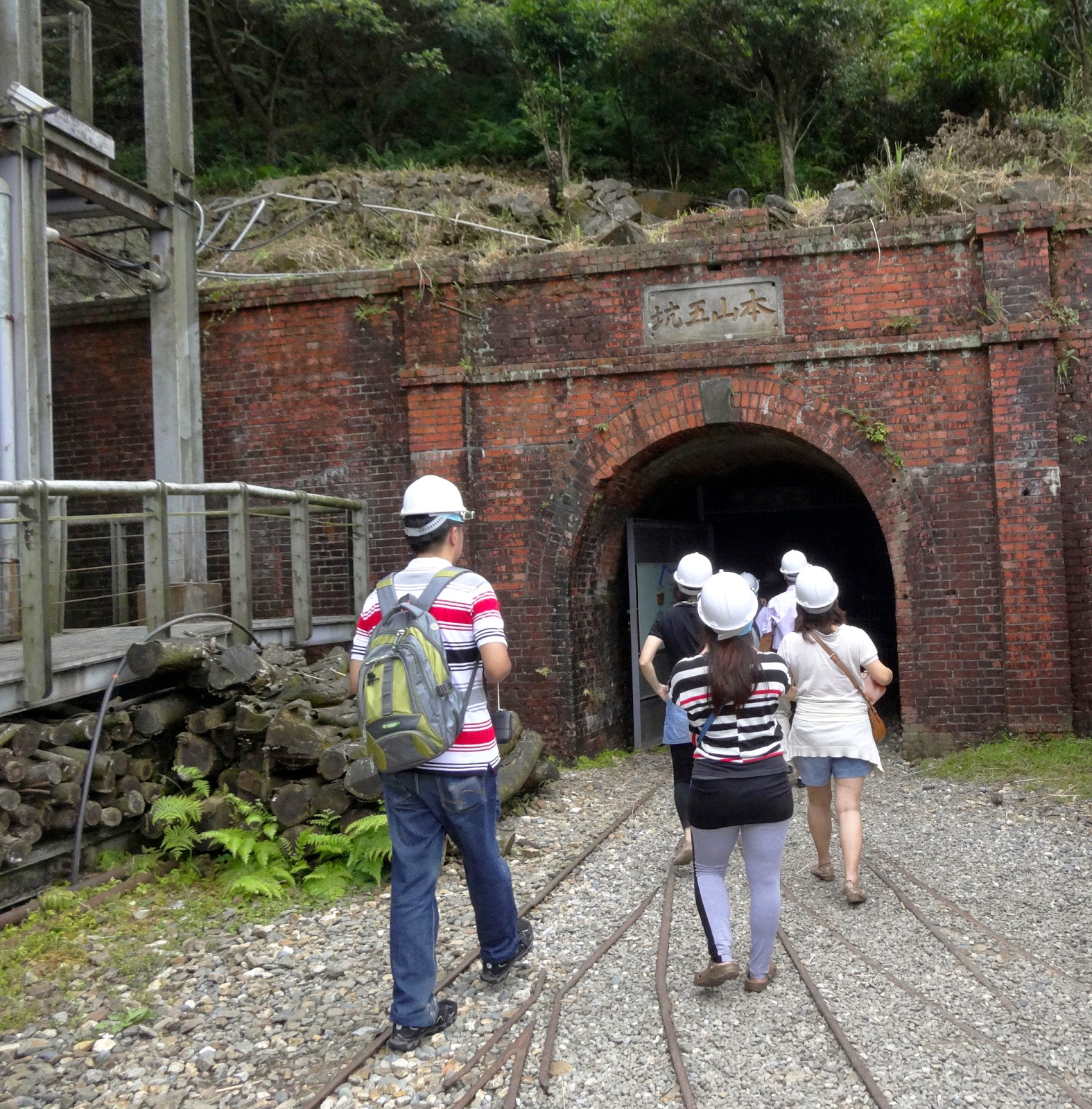We arrived in Wulai on the Saturday of the Mid-Autumn, or Moon Festival, long weekend. My previous experience of camping had opened my eyes to the typical amenities available, such as plenty of clean toilets and hot showers, electric hook-ups and outdoor sinks with running water, but this campsite had another feature, which was roofs on posts over each plot. Very sensible considering the monsoon-like downpours that are common, especially in the mountains.
It's difficult to know where to begin describing our lovely break in Wulai. Probably the highlight came at the end of the second day, when we drove to a translucent, blue, slow-moving mountain river.
I don't think my son will ever forget leaping and plunging time and again into its depths. Speaking for myself, cooling off in the tepid water was wonderful.
Most of the rest of the time was spent chilling around the campsite, which had its own built mountain pool. The weather was very, very hot, even where we were, which was above ear-popping altitude. No one felt like doing much except relaxing, eating, drinking and enjoying the view.
I went on a short hike alone up the track at the back of the campsite, where the woodland was full of butterflies and dragonflies.
I had to constantly wave my arm in front of me as I was walking, however, because the track was also filled with spider webs. Not the huge golden orb spiders, but much smaller black ones (though the webs weren't any smaller) that I'm now reluctant to research.
The rest of the happy campers did manage to rouse themselves for one short mountain hike. I went along, and we came across a mountain skills course group. I'm not sure exactly what the course involved, but they had a campfire lunch being prepared for them, and the organisers kindly let our kids play on the rope swing.
Driving is something I haven't missed through most of our time in Taiwan. I don't enjoy it and we don't need a car for our day-to-day living in Taipei. It's only when we go camping that I feel the need, because our opportunities are limited and we have to rely on kind friends who go out of their way to help us. We have less than three years left in Taiwan. Maybe we need to get a car. Just for camping.

















